|
Wholesale clubs like Costco and Sam’s Club spur consumers to buy items in bulk. With the anticipation of saving money, people seek out deals on everything from toilet paper to ice cream. Buying bulk rhinestones can also save you money on embellishments that can be pricey. Benefits of Buying in Bulk This practice of buying large quantities of the same item has many great benefits for the consumer: 1. You have plenty of rhinestones. Having a large quantity means you won’t run out of rhinestones right in the middle of a project. 2. It’s environmentally friendly. Of course, buying in bulk uses significantly less packaging. 3. Lowers shipping costs. Although you can buy some colors in small quantities in craft stores, most rhinestone retailers are online. When you buy in bulk, you’ll have enough rhinestones to complete your design. This saves you from having to order again later on, thus saving on shipping. 4. Saves you money. Generally, when you buy in bulk, the cost per item is lower, also saving you money.
So, How Many Rhinestones Can I Expect in Bulk Packaging?
In today’s world of bling, you’ll find many different manufacturers packaging their products differently. Usually, retailers of less expensive rhinestones sell by weight. Often, the number of pieces can vary slightly for each package. However, brand-name rhinestone manufacturers generally package their products in very specific quantities. While retailers will generally repackage bulk rhinestones in smaller amounts, they’ll also sell bulk packaging at a discounted price. Usually, these packages also have some sort of authentication certifying their genuineness. Typically, you’ll find brand-name bulk rhinestones in the following quantities:
Of course, these quantities are for round rhinestones and manufacturers package rhinestone shapes differently. Check your retailer for specifics on pricing. FAQs About Purchasing Rhinestones If this is your first time buying rhinestones, you probably have many questions. Below, we answer a few commonly asked ones. If you have others, email us and we’ll be glad to help you. Is It Important to Buy a Brand Name Rhinestone? Brand-name rhinestone manufacturers create high sparkle, blemish-free, and consistent color embellishments. Today, Preciosa is the premier brand in rhinestones with over 500 years of tradition. Its Maxima rhinestone is a lead-free crystal with 15 precision-cut facets offering intense sparkle, brilliance, and scintillation. However, you’ll also find some quality rhinestones from Asia. Usually, these manufacturers offer less color selection and the rhinestones have fewer facets. Yet, you’ll find these rhinestones priced considerably less. Often, your choice is a matter of personal preference. Do I Need to Buy All the Same Color For Bulk Pricing? Yes. To enjoy the cost savings of bulk pricing, you must buy the entire package. What Rhinestone Color Should I Purchase? Generally, colors have different degrees of intensity and saturation. Do you want your rhinestone project to make a bold or subtle statement? Usually, picking a rhinestone color is also a personal preference reflecting your individual style. Where Can I Buy Rhinestones? Rhinestones Etc. has been selling quality embellishments since 2011. We offer fast processing times, great customer service, and a huge selection of rhinestones. Visit our online store before you begin your next bling project.
0 Comments
. Whatever type of product you buy, there’s a level of quality. Apparel, houses, cars, and many other things have characteristics that distinguish them from others of the same type. It’s these traits that also determine the price you’ll pay. For example, there is a big price difference between buying a handbag made from vinyl or one from leather. Rhinestones aren’t any different from other products. Different characteristics influence production and hence cost. Some factors that affect rhinestone pricing are raw material, size, shape, color, and cut. Generally, there are 3 basic classifications for the types of rhinestones available: crystal, glass, and plastic. Yet, even among manufacturers that use similar raw materials and techniques, there are price differences. Understanding these differences can help you pick the best rhinestone for your project. What Is the Rhinestone Made From? First, manufacturers use different kinds of materials to produce rhinestones. Some use plastics like resin or acrylic. Others produce glass rhinestones. Still others produce crystal rhinestones. Furthermore, each company uses different raw materials and particular processes for manufacturing. The raw materials and manufacturing help determine the cost of the rhinestone product. Of all the materials used for rhinestones, plastics are the most inexpensive to produce. Plastics are cheaper due to the low amount of energy needed to produce them. According to the U.S. Energy Information Administration, glass manufacturing is among the most energy-intensive industries. This includes crystal, a distinctive type of glass. Generally, crystal is more expensive than ordinary glass. This is due to the difference in raw materials. In the past manufacturers created crystal components by adding lead to make glass clearer and more refractive. With the health concerns over lead, many manufacturers developed formulas using other ingredients like barium oxide. These new lead-free crystals have the same brilliance and shine as leaded crystal rhinestones. However, the materials to produce crystal are more expensive than those of ordinary glass, thus making crystal more expensive. Are the Rhinestones Molded or Cut? Facets are the plane surfaces on a rhinestone that reflect light back to the viewer. The greater the number of facets, the more angles for light to bounce off the stone. Additionally, some light enters the rhinestones reflects off the silver foil backing and back to the viewer. It is the unique proportion and arrangement of these facets that make a rhinestone sparkle. Depending on the type of rhinestones, some manufacturers create facets by molding. While others cut the facets onto the surface of the rhinestone. Resin and acrylic rhinestones are molded rhinestones. Some glass rhinestone manufacturers mold their product, while others cut facets. Whereas crystal rhinestone manufacturers precision cut and polish the facets of their rhinestones. Molded rhinestones are the cheapest because manufacturers can produce them in one step. Manufacturers simply inject the raw material into the mold and allow it to harden. Whereas glass manufacturers must cut the rhinestone multiple times and then polish each facet. This additional labor drives up the cost. Even Among Similar Manufacturers There Can Be Price Differences For over 100 years, two brand name rhinestone manufacturers have been synonymous with high quality rhinestones, Preciosa and Swarovski. In particular, Preciosa traces its beginnings back to the early 1700s when Bohemian glassmakers introduced the world’s first cut rhinestone. Then, in 1895, one Bohemian glassmaker, Daniel Swarovski, invented a machine for cutting crystal faster and more precise. Today, both these brands are known for their high quality. Preciosa’s Maxima rhinestone boasts 15 facets, while Swarovski’s product has 16. Over the years, other companies have emerged to produce cheaper rhinestones. DMC rhinestones originated in Korea as a cheaper alternative to the name brands. Typically, DMC rhinestones are glass rhinestones with 12 facets. Generally, DMC rhinestones are a medium quality stone for a lot less money than the name brands. MC are generally Chinese manufactured stones. The facet cut and general quality of MC rhinestones are lower than DMC rhinestones. Generally, resin and acrylic are the cheapest of all rhinestone choices due to their low energy and material costs. These types of rhinestones are great for children’s crafts for this reason. However, even among these two types of stones, the price can be very different between manufacturers. This can be due to the quality of raw materials and the quality of the molds. Typically, cheaper produced varieties cloud or yellow as they age. Common Imperfections in Lower Cost Rhinestones Name brand rhinestones are known for their flawless product. You’ll want to use a name brand rhinestone when embellishing items that require the very best. Dance costumes and formal wear are times you may want to spend the extra money on a perfect rhinestone. Often, cheaper rhinestones have imperfections. For example, if manufacturers don’t keep up with the integrity of the molds, imperfects can occur in the rhinestones. Additionally, flow lines may appear if the material cools inconsistently. Bubbles are a common problem in cheaply produced plastic and glass rhinestones. Inconsistent color between rhinestone batches is also prevalent among the more cheaply produced manufacturers. Variances in Rhinestone Pricing Reflect the Quality of the Rhinestone
With the large variety of rhinestone products, picking the right one for your project can be difficult. Purchasing the cheapest is not always wise. Rhinestone pricing can help determine the quality of the product. Knowing and understanding these qualities can help you make an informed decision. If you still have questions, feel free to contact here. We love to answer your questions. And if you're looking for quality rhinestones at competitive prices and great customer service, shop Rhinestones Etc. Rhinestones make an ordinary item into something spectacular. Dresses, shoes, handbags, or sunglasses are just a few examples. Yet, when you’re looking to buy rhinestones, you’ll find different brands, colors, and sizes at different costs. It can be very confusing when comparing rhinestone prices. Some manufacturers produce quality rhinestones at a lower price than name brands. Knowing a bit about rhinestones can help you find a good rhinestone at a competitive price. Generally, retailers base pricing on the following factors:
Let’s Look At Rhinestone Types Rhinestones are available in crystal, glass, and acrylic. Crystal rhinestones are the most expensive, followed by glass, and then acrylic. Generally, this is due to the cost of the manufacturing process. The name-brand rhinestones, Swarovski and Preciosa, are crystal rhinestones. Years ago, these crystal components contained lead. However, both companies have developed a lead-free rhinestone without losing any of the beauty of leaded crystal. Moreover, for bedazzling higher-end clothing, nothing beats a crystal rhinestone. Crystal has the characteristic or the ability to break up light much like a prism. As light enters the crystal, it can create a rainbow of hues as it refracts and disperses. Glass rhinestones can bend and reflect light, but it lacks the prismatic quality of crystal. In addition, not all manufacturers machine-cut glass rhinestones. Some companies use molds. Acrylic rhinestones are plastic molded embellishments. In a one-step process, manufacturers insert the material into the mold. Once the acrylic hardens, the manufacturer removes the rhinestone from the mold. Hot Fix, Flatback, Sew-on, or Pointed Back? When you’re looking to buy rhinestones, you’ll see them grouped by hot fix, flatback, sew-on, or pointed back. What can be confusing is that flatbacks, hot fix, and sew-on, all have a flat side. Only pointed backs have depth on both sides. Hot fix rhinestones have an adhesive attached to the flat side of the embellishment. To attach the rhinestone, you need a hot fix wand. This tool will heat the rhinestones to activate the glue to a temperature range of 250° F - 340° F. Typically, hot fix rhinestones are slightly more expensive than flatbacks. Sew-on rhinestones are exactly as their name implies. Some rhinestones have holes drilled into the sides of the embellishment while others have a hole in the middle. Another type of sew-on rhinestone is the montee. These are rhinestones in settings with channels on the back for sewing. Generally, sew-on rhinestones cost more than flatbacks too. Normally, you use pointed back rhinestones in jewelry making. Sometimes, manicurists will use smaller pointed back rhinestones in nail design. Although comparable in price to flatbacks, you’ll have less selection with colors. The most popular type of rhinestone is the flatback. Suitable for many projects, this type of rhinestone requires glue to attach it. Your choice of glue depends upon the object to which you’re attaching the rhinestone. Crystal Standard Color Crystal AB AB Color Fascinating Facts About Facets Facets are plane surfaces on the rhinestone that reflect light. A rhinestone with more facets will reflect more light. Swarovski is the most expensive rhinestone with the most facets, 16. However, at the beginning of 2021, Swarovski announced a restructuring plan that eliminated rhinestones from the retail market. Preciosa, the oldest manufacturer of rhinestones is next with 15 facets. Other less expensive rhinestones have 12, 10, or fewer facets. Another important component in producing sparkle is the arrangement of facets. Facets should be symmetrical and properly spaced. Advanced manufacturing processes can design rhinestone facets for the maximum dispersion of light. Finally, flatback rhinestones have a foil backing to reflect light out. The quality of this foil backing is also important when gluing rhinestones. Some cheaper stones will peel off after gluing due to their poor-quality backing. Rhinestone Colors Will Brighten Your Project Manufacturers produce rhinestones in a rainbow of colors. The variety of colors depends, of course, on the manufacturer. Crystal, or clear, is the least expensive. Standard colors are a bit more expensive followed by Aurore Boreale (AB) colors. AB colors are standard colors covered in a rainbow color giving the crystal an iridescent look. Finally, Aurum is the most expensive color available. Manufacturers apply a thin layer of 24 karat gold on the surface. An important characteristic is the consistency of color. Higher-end manufacturers produce rhinestones with a hue that is consistent throughout the rhinestone. Furthermore, good quality rhinestones have color that is true between different batches. Rhinestone Sizes and Shapes The round rhinestone shape is the most common and least expensive. However, even round rhinestones have some variations. There are Rivoli and chessboard cuts with facets arranges differently than the standard round rhinestone. Other shapes include:
Of course, pricing depends on the shape of the rhinestone along with the color and sizing. Typically, the smaller the rhinestone the lower the price. Likewise, the larger the rhinestone, the higher the cost. Determining which rhinestone is bigger can be confusing as rhinestones manufacturers use a unique way of measuring them. Rhinestone manufacturers use the term stone size or “ss” to determine rhinestones sizing. This method of sizing continues from the days when there were naturally occurring rhinestones. Prospectors would gather this natural resource, dropping them through preset holes to determine the stone size. Often, retailers will give the millimeter size alongside the ss size for clarification. Generally, the smaller the number next to the ss, the smaller the rhinestone. We Offer Competitive Rhinestone Prices
When you’re looking to buy embellishments, you want competitive rhinestone prices, quality products, and great customer service. Selling embellishments since 2011, Rhinestones Etc. wants to be your source for embellishments. We will continue to sell Swarovski products for as long as the supply lasts. In the meantime, we’re transitioning over to Preciosa Maxima. In addition, we proudly offer a less expensive genuine crystal rhinestone, PriceLess. |
KarenI have been adding bling for over 20 years. Through my projects, I hope you find inspiration. Categories
All
Archives
July 2024
|
Home About Policies Return Shipping
Contact Us Size Chart Privacy Products Reviews
Copyright 2024 Rhinestones Etc. All rights reserved.
Contact Us Size Chart Privacy Products Reviews
Copyright 2024 Rhinestones Etc. All rights reserved.

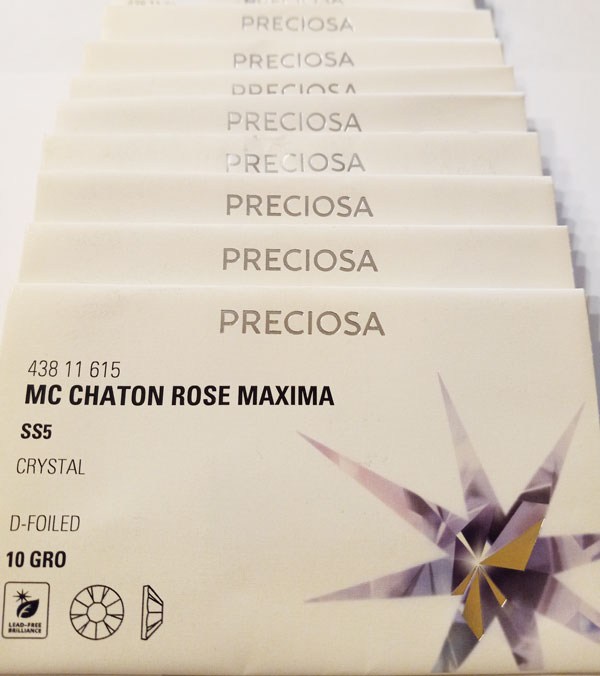
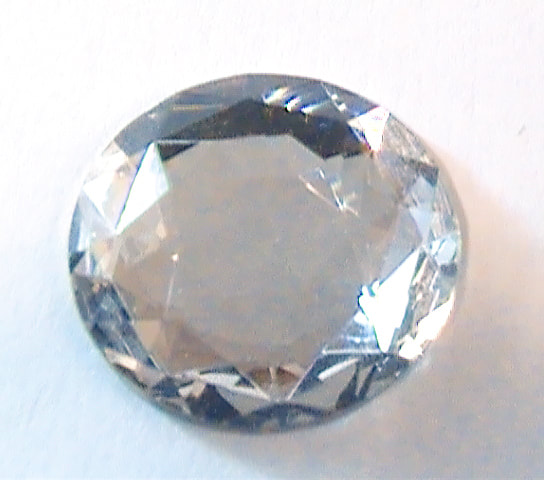
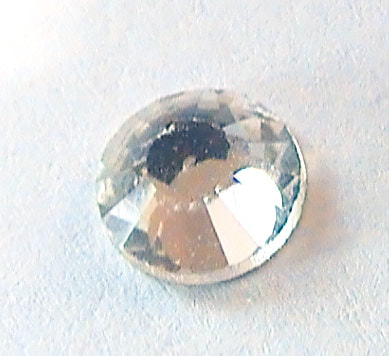
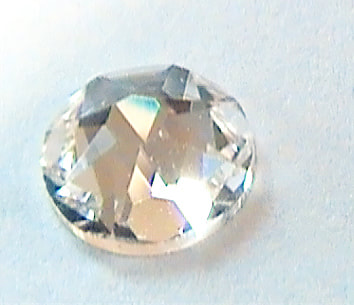
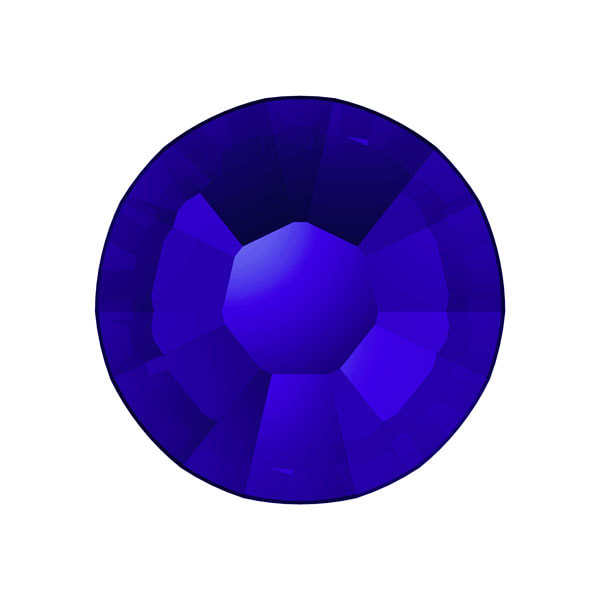
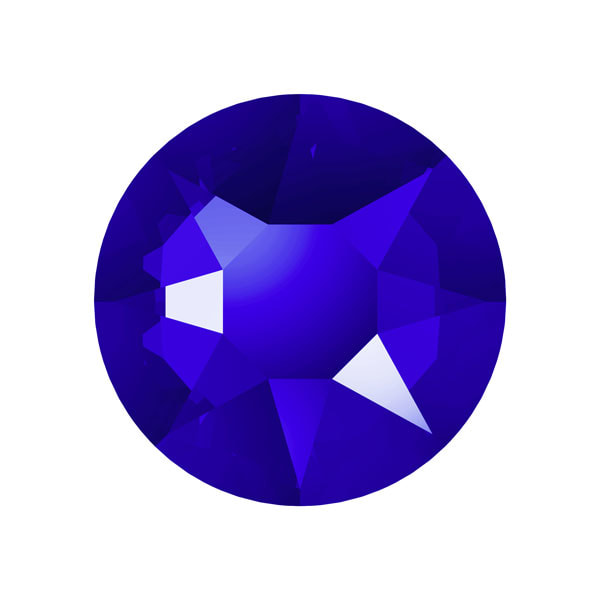
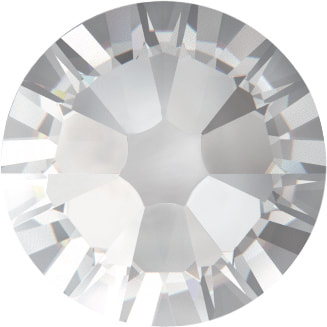
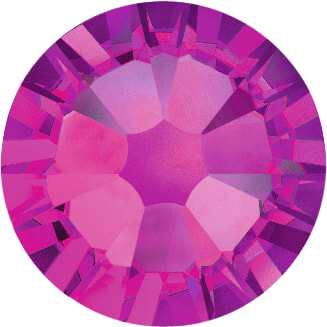
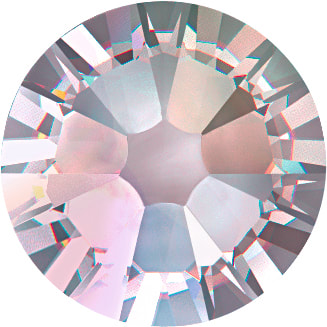
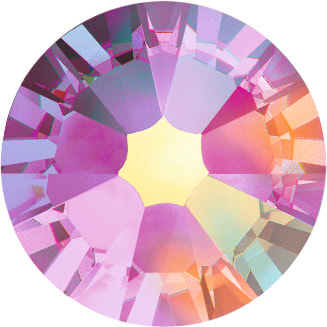
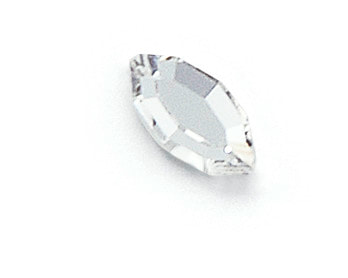
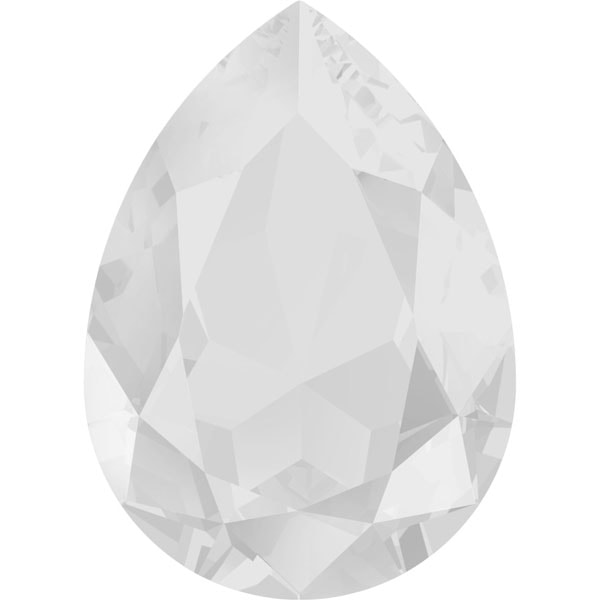
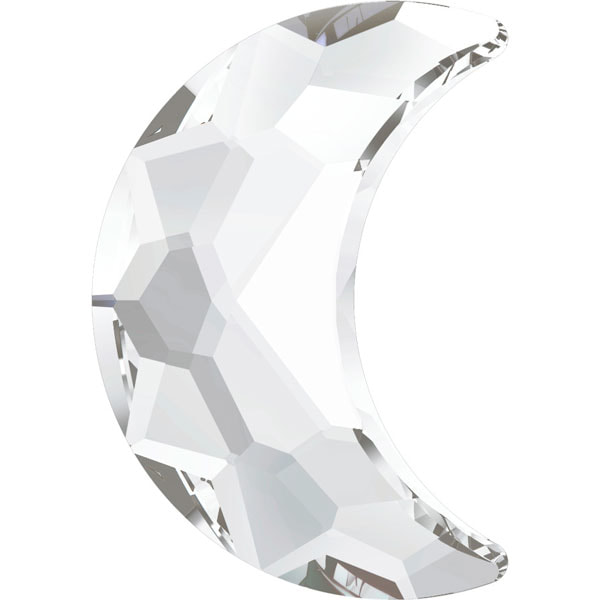
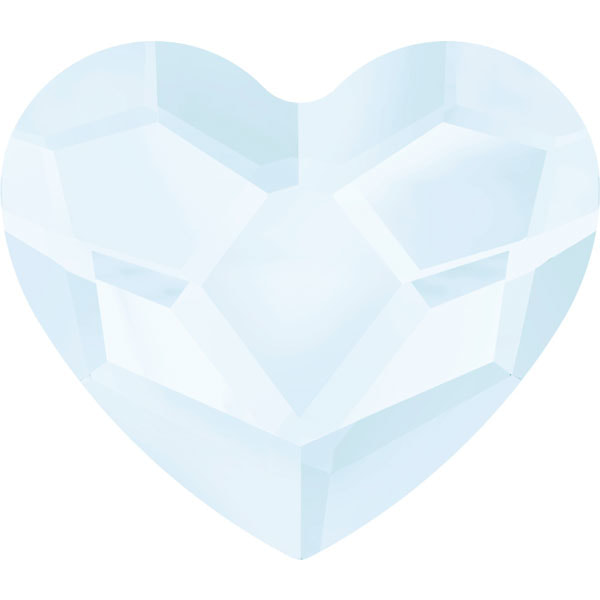
 RSS Feed
RSS Feed